Archives
- 2025-11
- 2025-10
- 2025-09
- 2025-03
- 2025-02
- 2025-01
- 2024-12
- 2024-11
- 2024-10
- 2024-09
- 2024-08
- 2024-07
- 2024-06
- 2024-05
- 2024-04
- 2024-03
- 2024-02
- 2024-01
- 2023-12
- 2023-11
- 2023-10
- 2023-09
- 2023-08
- 2023-07
- 2023-06
- 2023-05
- 2023-04
- 2023-03
- 2023-02
- 2023-01
- 2022-12
- 2022-11
- 2022-10
- 2022-09
- 2022-08
- 2022-07
- 2022-06
- 2022-05
- 2022-04
- 2022-03
- 2022-02
- 2022-01
- 2021-12
- 2021-11
- 2021-10
- 2021-09
- 2021-08
- 2021-07
- 2021-06
- 2021-05
- 2021-04
- 2021-03
- 2021-02
- 2021-01
- 2020-12
- 2020-11
- 2020-10
- 2020-09
- 2020-08
- 2020-07
- 2020-06
- 2020-05
- 2020-04
- 2020-03
- 2020-02
- 2020-01
- 2019-12
- 2019-11
- 2019-10
- 2019-09
- 2019-08
- 2019-07
- 2019-06
- 2019-05
- 2019-04
- 2018-07
-
Septic shock a condition where endothelium derived substance
2021-09-30
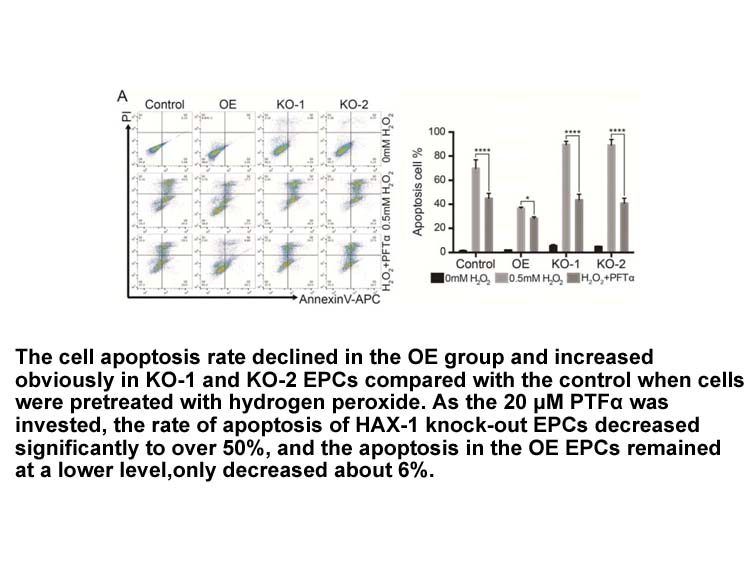
Septic shock, a condition where endothelium-derived substances most likely play an important role, is often accompanied by cardiac dysfunction, pulmonary hypertension, systemic hypotension and impaired oxygen utilisation with systemic acidosis (Vincent, 1998). Experimental endotoxaemia shows a simil
-
br ABT aR aR methyl hexahydropyrrolo b
2021-09-30
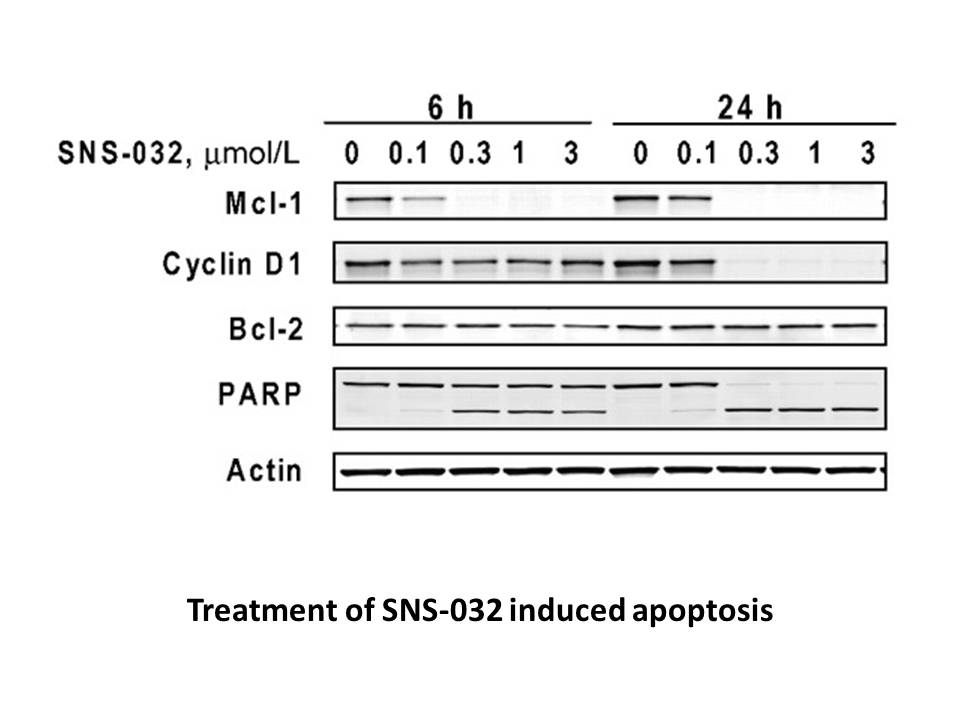
ABT-288 (2-[4'-((3aR,6aR)-5-methyl-hexahydropyrrolo[3,4-b]pyrrol-1-yl)-biphenyl-4-yl]2H-pyridazine-3-one) is a selective H3R antagonist/inverse agonist developed by Abbott. Structurally, it is a compound with molecular weight (MW) 372.46 g/mol, three H-bond acceptors (HBA), and Moriguchi LogP (MLo
-
VDAC interacts with hexokinase and is implicated in NLRP act
2021-09-30

VDAC interacts with hexokinase and is implicated in NLRP3 activation in response to noxious stimuli including monosodium urate, silica, and alum (Zhou et al., 2011). Hexokinase dissociation may allow VDAC to carry out this role. It will be informative to block or silence VDAC to explore its function
-
br Discussion Light plays a
2021-09-30
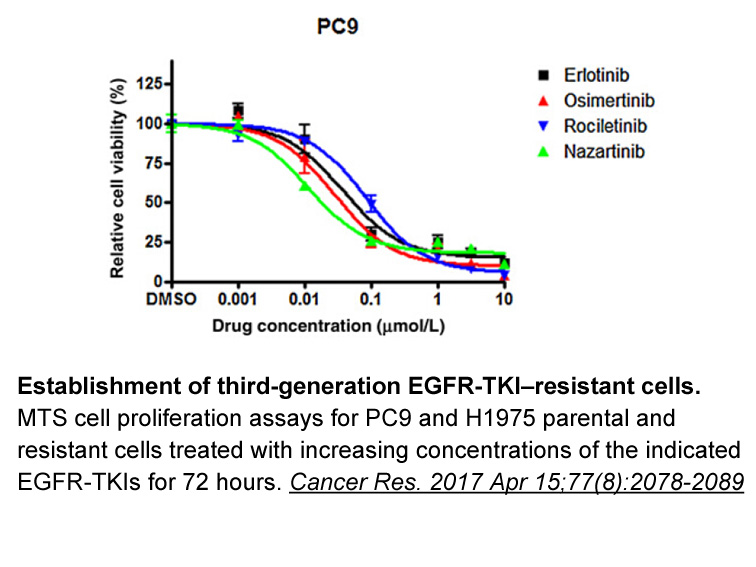
Discussion Light plays a central role in plant growth, development and defence responses. It is required for photosynthesis and other metabolic or transcriptional processes (Kangasjärvi et al., 2012, Zhang and Zhou, 2013, Ballaré, 2014). It is well known that darkness promotes leaf senescence, wh
-
In vitro studies suggest that the
2021-09-30

In vitro studies suggest that the increase in Hx activity seen in normal pregnancy may contribute to the down-regulation of the vascular expression of Angiotensin II receptor 1 thereby promoting a relaxed and dilated maternal vascular bed [25]. It has further been suggested that the decreased Hx act
-
The opposite modulation observed for circulating
2021-09-30
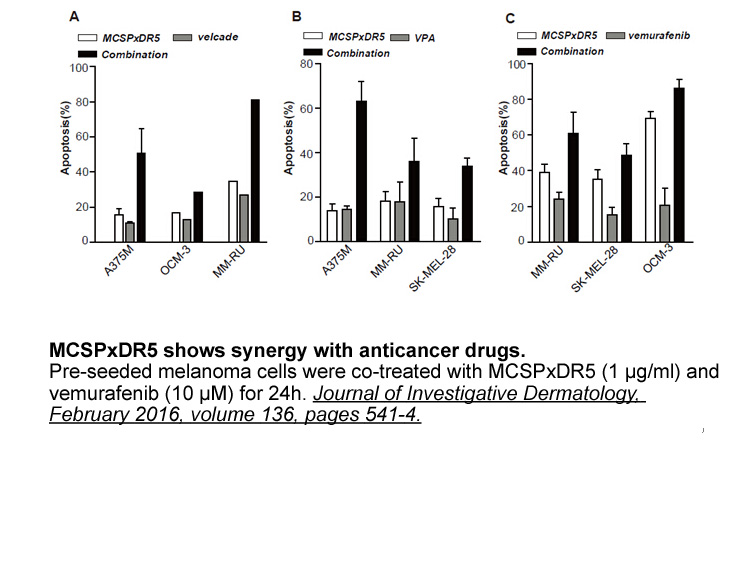
The opposite modulation observed for circulating LPI levels and WAT GPR55 sik inhibitor by nutritional status suggests that increased levels of LPI may down-regulate the expression of its receptor in WAT, whereas in conditions of low serum LPI levels, the expression of GPR55 is stimulated. However,
-
A number of synthetic GPR agonists have been reported to
2021-09-30

A number of synthetic GPR119 agonists have been reported to date, several of which have advanced into clinical trials. Reported GPR119 agonists are often composed of three parts as depicted in : a piperidine or a piperazine ring -substituted with a carbamate or a heteroaryl group at the right side,
-
In this study three potential Otx binding sites were
2021-09-30

In this study, three potential Otx-2 MK-3207 HCl synthesis were found in the promoter region of the sheep GnRH gene: −1786 bp to −1770 bp, −825 bp to −819 bp, and − 529 bp to −523 bp. Combined with the results of the double-luciferase assay, it could be inferred that the binding site of Otx-2 in the
-
br Spatial working memory is GluR A dependent The
2021-09-30
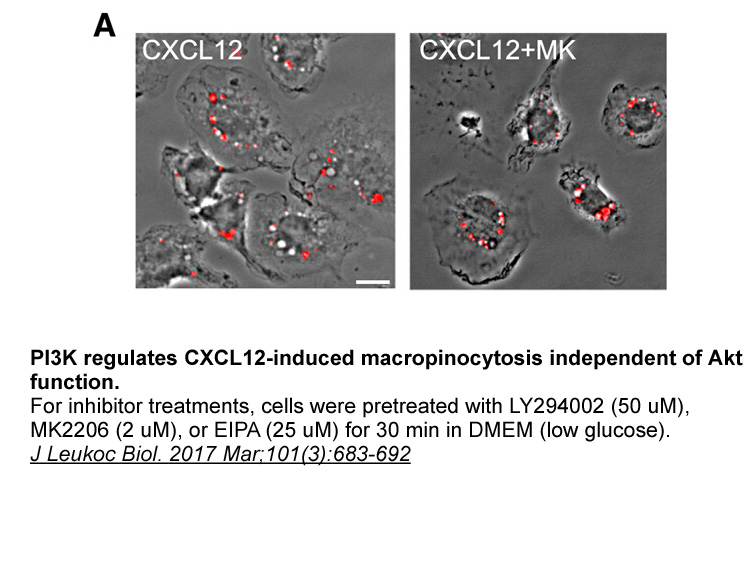
Spatial working memory is GluR-A-dependent The radial maze task also allowed us to study hippocampus-dependent spatial working memory. On spatial working memory tasks, the correct spatial response that the animal must make varies from trial to trial and is dependent on some conditional, trial-spe
-
L Family Leguminosae widely distributed in tropical
2021-09-30
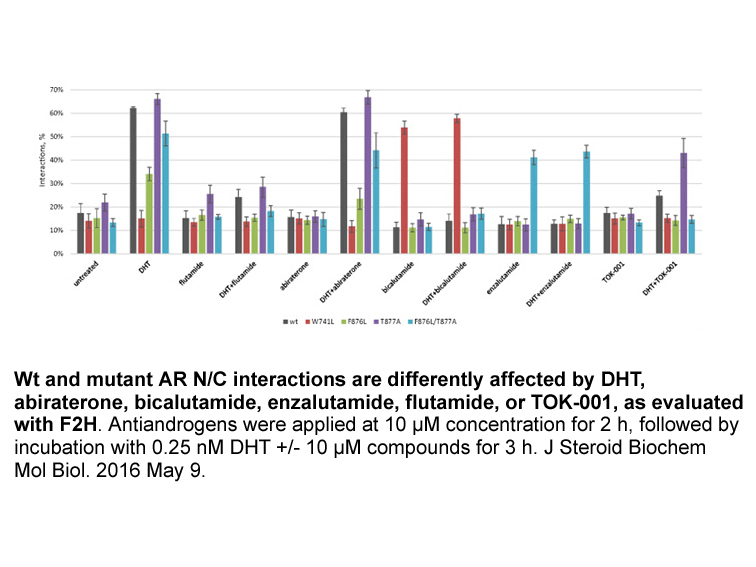
L. (Family Leguminosae) widely distributed in tropical and subtropical regions of the world. As a medicinal and edible plant, it is widely used in Asia, especially in China, Korea, Japan and India. It was first recorded in Shen Nong Ben Cao Jing (神农本草经), and was described having the effect of cleari
-
Given the estimated number of NSVDC channels in a
2021-09-30
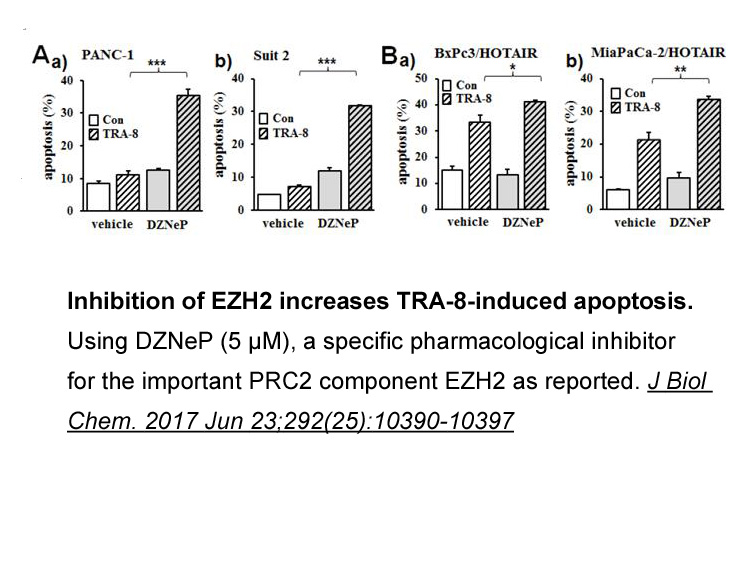
Given the estimated number of 150–300 NSVDC channels in a red cell [7] and a single channel conductance of 30 pS at physiological salt concentrations [6], the maximum conductance observed in intact red HBX 41108 receptor indicate either a very low open state probability, in the order of 10−3 or a fa
-
br Although D reconstruction of an invertebrate gap
2021-09-30
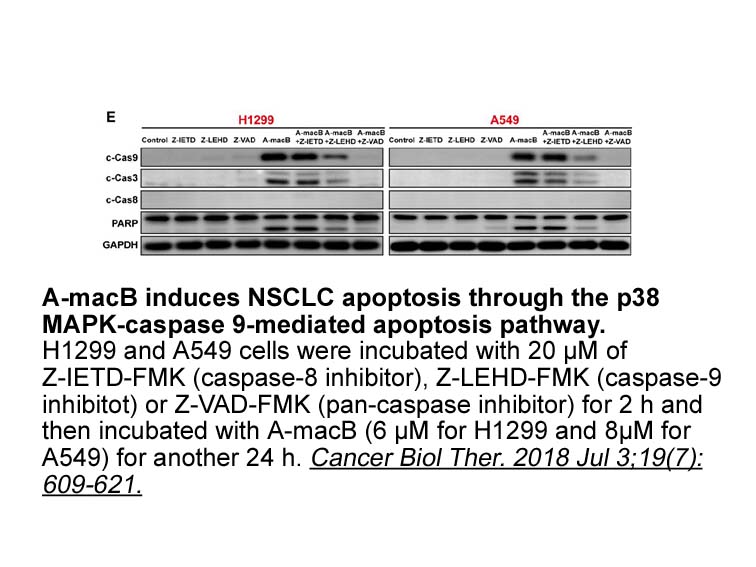
Although 3D reconstruction of an invertebrate gap junction channel from native tissue of crayfish was reported in 1991, the negative-staining EM imaging was limited to low-resolution structural analysis [39]. The oligomeric number of innexin channels was believed to be the same as that in connexin
-
Amsacrine hydrochloride synthesis br Fenton reaction based n
2021-09-29
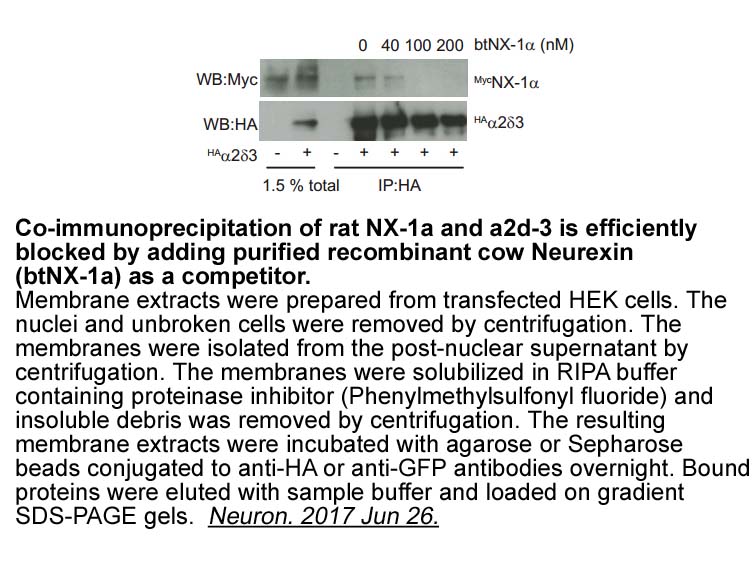
Fenton reaction-based nanomaterials for ferroptosis In Fenton reaction, H2O2 is converted by Fe2+ or Fe3+ to highly oxidative ROS (Eqs. (1) and (2)), which is commonly used to catalyze the degradation of refractory organics [34]. Since the tumor microenvironment is characterized by low acidity an
-
The possibility of having false positives
2021-09-29
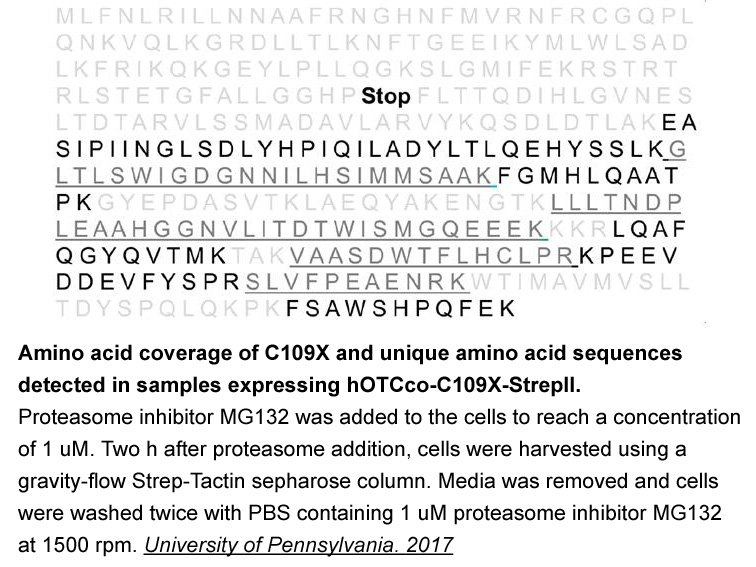
The possibility of having false positives, even if minimized, is always present and requires that a reactive result should be followed by a confirmation test. Traditionally, Western blot (WB) has been used, but various types of immunoblotting that use recombinant Epiandrosterone or synthetic peptid
-
Fig summarizes the results for
2021-09-29
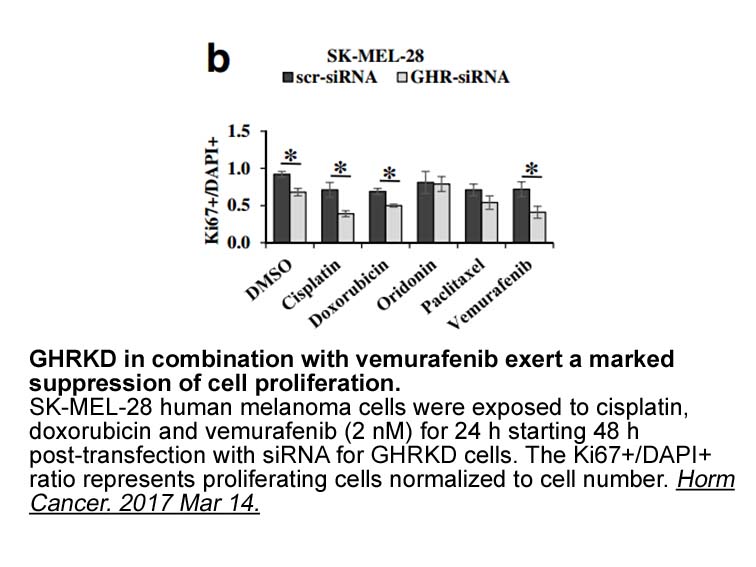
Fig. 1 summarizes the results for 500 μM concentration of the drugs. Action of histamine is presented for comparison. Both 1-methylhistamine and Nα-methylhistamine strongly potentiated ASIC1a responses. The concentration-dependence of action of Nα-methylhistamine was measured (Fig. 1B). Fitting by H
15344 records 557/1023 page Previous Next First page 上5页 556557558559560 下5页 Last page